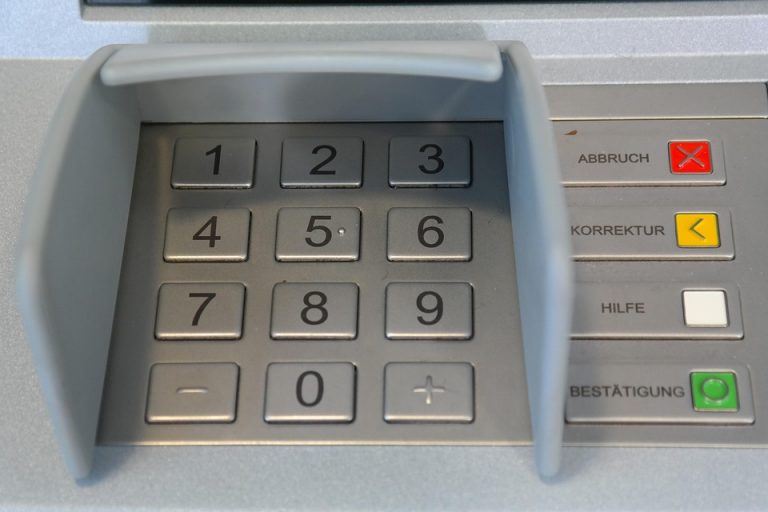Lost your data? It’s gut-wrenching, isn’t it? That sinking feeling when your precious memories vanish from your iPhone can leave you in a panic. But don’t fret just yet. There are effective strategies for iPhone data recovery that can help you retrieve what you thought was lost for good.
Contents
- Understanding iPhone Data Loss
- The Importance of Regular Backups
- Strategy #1: Check Recently Deleted Folder
- Strategy #2: Restore from iCloud Backup
- Strategy #3: Restore from iTunes/Finder Backup
- Strategy #4: Use Third-Party Recovery Software
- Strategy #5: Seek Professional Help
- Preventing Future Data Loss
- The Emotional Toll of Data Loss
- Closing Thoughts
- Frequently Asked Questions
Understanding iPhone Data Loss
Data loss on your iPhone can happen for a variety of reasons: accidental deletion, software updates gone wrong, or even physical damage. Whatever the cause, it’s crucial to understand why it matters. Your photos, contacts, and notes aren’t just files; they’re pieces of your life. Losing them can feel like losing a part of yourself.
Let’s dive into the top strategies for iPhone data recovery that can bring your memories back to life.
The Importance of Regular Backups
Before we get into recovery strategies, let’s talk about prevention. Regular backups are your first line of defense against data loss.
- iCloud Backup: This is a seamless option. Make sure you enable automatic backups through your iCloud settings. This way, every change you make is saved without you having to lift a finger.
- iTunes/Finder Backup: For those who prefer a hands-on approach, connecting your iPhone to your computer and backing it up via iTunes or Finder is a solid alternative. It gives you more control over what gets saved.
By having a backup plan, you minimize the chances of losing valuable data.
Strategy #1: Check Recently Deleted Folder
Did you know your iPhone has a safety net for deleted files?
- Open the Photos app.
- Navigate to Albums and find Recently Deleted.
- Select the items you want to recover and hit Recover.
This method is quick and easy, but remember: items in this folder are only kept for 30 days.
Strategy #2: Restore from iCloud Backup
If you’ve lost data and have a backup, restoring from iCloud is an effective way to recover your files.
- Go to Settings > General > Reset.
- Tap Erase All Content and Settings.
- Follow the prompts to set up your iPhone. When asked, choose to restore from an iCloud backup.
This method can restore your iPhone to a previous state, so you’ll get back everything saved up until the last backup.
Strategy #3: Restore from iTunes/Finder Backup
If you opted for the iTunes or Finder backup, the process is just as straightforward.
- Connect your iPhone to your computer.
- Open iTunes or Finder.
- Select your device and choose Restore Backup.
This can be a lifesaver if you’ve lost important files.
Strategy #4: Use Third-Party Recovery Software
Sometimes, you may find yourself in a situation where the built-in recovery options just won’t cut it. That’s where third-party recovery software comes into play.
- EaseUS MobiSaver: This user-friendly tool can help you recover files directly from your device or iTunes backups.
- Dr.Fone: Known for its versatility, Dr.Fone allows you to recover various types of files, including messages and photos.
Always ensure you’re using reputable software by checking reviews and ratings. Your data deserves the best care!
Strategy #5: Seek Professional Help
If you’ve tried everything and still can’t recover your data, it might be time to consult a professional.
- Look for certified data recovery services that specialize in mobile devices.
- Make sure to check their credentials and reviews.
This option can be costly, but if your data is irreplaceable, it might be worth the investment.
Preventing Future Data Loss
Now that you know how to recover your data, let’s focus on prevention. Here are some proactive steps to take:
- Enable Automatic Backups: Whether you choose iCloud or iTunes, set your device to back up automatically.
- Organize Your Files: Keep your photos and documents organized. This makes it easier to locate and back them up.
- Regularly Update Your Software: Keeping your iOS updated not only improves performance but also enhances security, reducing the risk of data loss.
The Emotional Toll of Data Loss
Let’s take a moment to talk about the emotional impact. Losing photos of family gatherings, messages from loved ones, or vital documents can feel devastating. Allow yourself to feel that loss. Acknowledge it.
Then, shift your focus to recovery. Remember, you’re not alone in this. Millions face this challenge, and countless solutions are at your fingertips.
Closing Thoughts
In this digital age, data loss can feel like a nightmare. But with the right strategies for iPhone data recovery, you can take back control.
Bottom Line: Regular backups are your best defense. Familiarize yourself with recovery methods and don’t hesitate to seek help if you need it. Your memories matter, and with a little effort, they can be saved.
Frequently Asked Questions
Q: Can I recover data if I didn’t back up?
A: Yes, using third-party recovery software may help, though results can vary.
Q: How often should I back up my iPhone?
A: Ideally, back up your iPhone at least once a week, or more frequently if you’re making significant changes.
Q: Is professional data recovery worth it?
A: If your data is irreplaceable and you’ve exhausted other options, professional recovery can be a worthwhile investment.
Remember, you’re equipped with the knowledge to tackle data loss head-on. Take action, reclaim your data, and let those memories shine once again!








